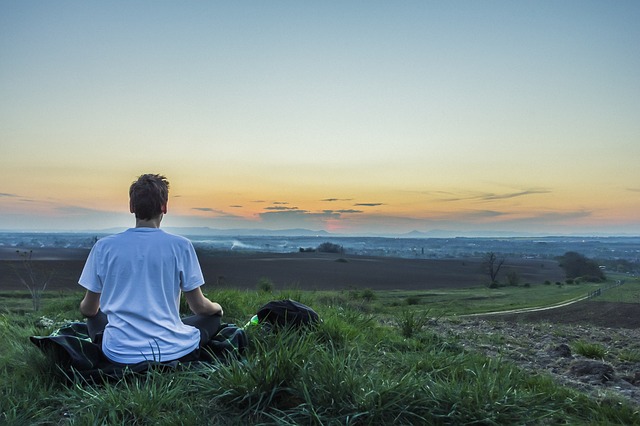In previous posts, I explored mindful self-compassion, the challenges in extending compassion to yourself and the power of self-compassion to transform yourself. I also discussed compassion meditation where we are extending compassion to others.
In these discussion about compassion, we focused on pain and suffering experienced by ourselves and/or others. In contrast, in the loving kindness meditation, we are exploring what is good and lovable in ourselves and others.
Loving kindness meditation can focus on ourselves or others. In this post, I will focus on extending loving kindness to ourselves; in a subsequent post, I will explore how to undertake loving kindness meditation towards others.
The basic approach to loving kindness meditation
Diana Winston describes loving kindness meditation as the explicit cultivation of “open heartedness”. She explains that this is a natural human process and is not false or artificial. Diana contrasts loving kindness meditation with basic mindfulness meditation in that in the latter, it is essential to stay in the moment, while in loving kindness meditation it is okay and important to be creative in exploring images and loving memories about ourselves or another.
Jack Kornfield, in the online Power of Awareness Course, suggests that there are three elements that traditionally form the framework for a loving kindness meditation:
- Intention to express loving kindness towards ourselves or someone else
- Envisaging love for oneself or for another
- Cultivating the art of loving kindness – developing our open heartedness.
The benefits of loving kindness are numerous and can impact every facet of our lives – our interpersonal relationships, our sense of presence and the way we view every living thing. Loving kindness meditation towards our self can be difficult because our culture cultivates the opposite – a sense of unworthiness or negative self-evaluation. Regular meditation practice can overcome these cultural barriers.
If we experience thoughts or feelings other than loving kindness towards ourselves, we can accept them and make them the focus of our meditation too. When we name our unkind feelings, we can learn to tame them so that they do not prevent us from extending loving kindness towards our self. Diana Winston suggests that, in this way, these obstacles can become a cleansing process to free ourselves for self-love.
The process of loving kindness meditation towards our self
Jack Kornfield suggests that after becoming grounded and focused on our breath, we can think of two people separately for whom we have an uncomplicated love and appreciation. Once we have each person in focus, we can extend kind thoughts to each of them in turn – wishing them health and wellbeing, hoping that they will be safe and strong, wanting them to be happy.
We can then envisage these people individually extending similar loving kindness towards our self. We can imagine them saying similar words or expressing kind thoughts towards us – wishing for our happiness, wellness, safety and strength. We can then rest in the warmth of love and appreciation – something that is often below our level of conscious awareness, but which we act on in our daily lives.
As we grow in mindfulness through loving kindness meditation towards ourselves, we make explicit what we know implicitly, silence the negative self-evaluations that otherwise persist in our thoughts and open ourselves to extending loving kindness to others.
By Ron Passfield – Copyright (Creative Commons license, Attribution–Non Commercial–No Derivatives)
Image source: courtesy of HolgersFotografie on Pixabay
Disclosure: If you purchase a product through this site, I may earn a commission which will help to pay for the site, the associated Meetup group and the resources to support the blog.





